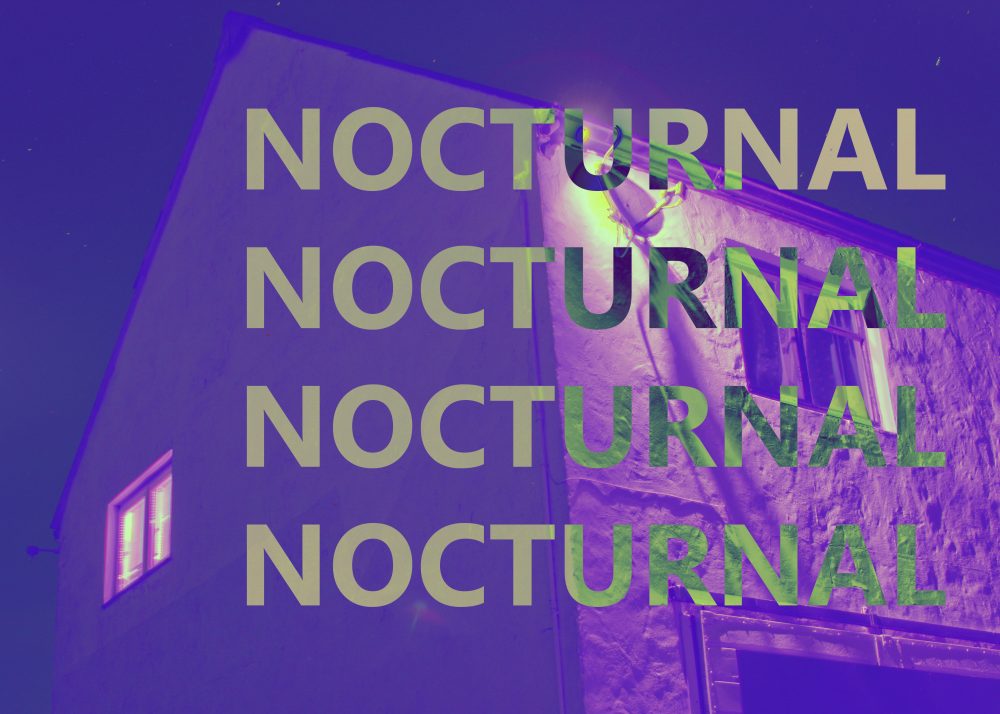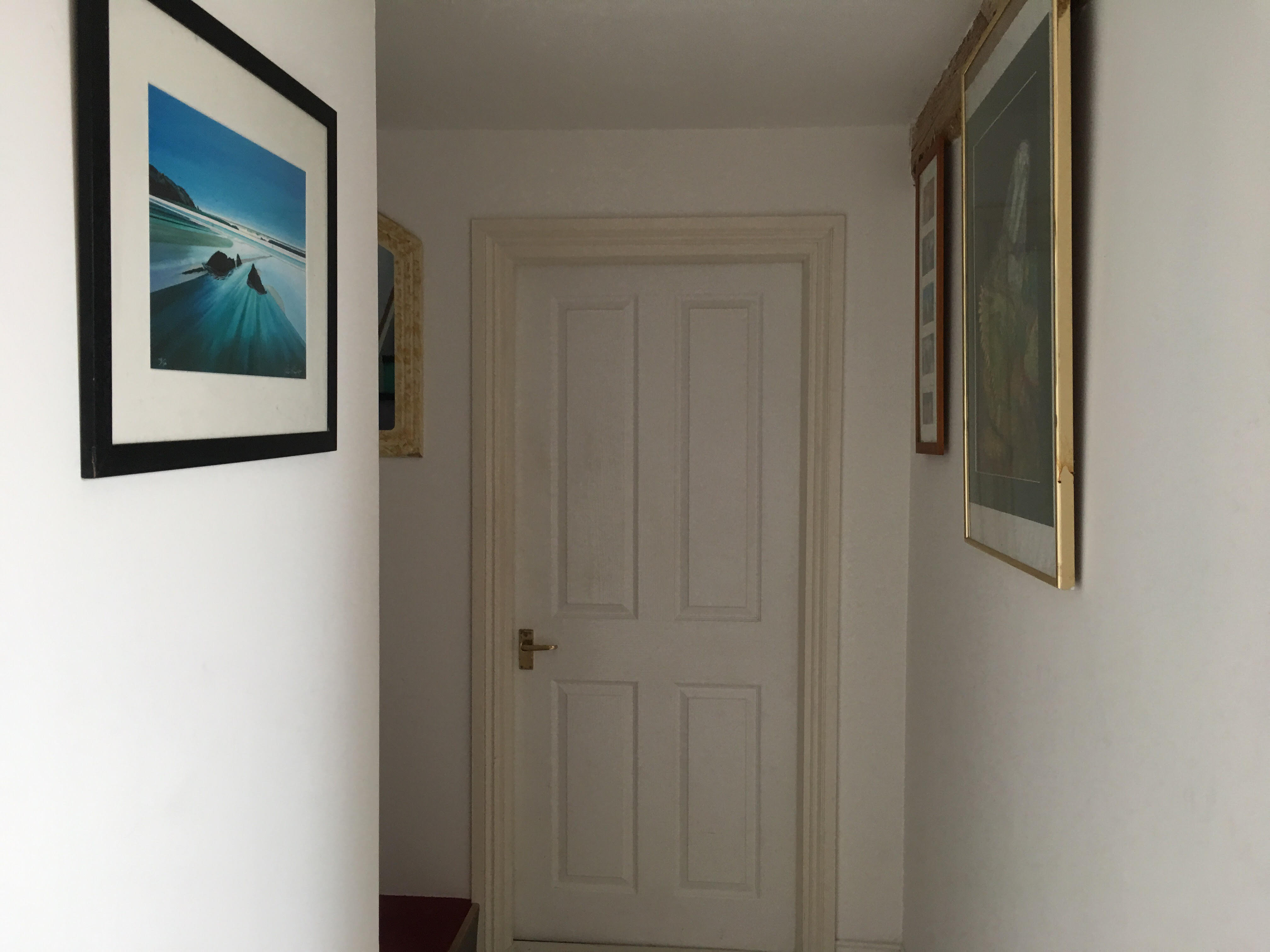Water – Mystery & Mythology
Since the beginning of human civilization we have always had an innate sense of fear surrounding the sea and what it contains. 71% of the earth’s surface is covered in water and so it is has the potential to home so much life, much of which we still do not know about. With a maximum depth of 11km finding all of the different species that call it home is not something that is possible, even with today’s technology we cannot catalogue all of the different species as we would like to. There are species that exist in the oceans that we will likely never come into contact with, there is simply so much space that we would never be able to see it all. If this is true today it understandable why our ancestors had tales of the Kraken taking down ships and giant sharks swallowing people whole.

This sense of mystery and the unknown really lends itself to the subject of environment because even with this fear of the unknown people still made the sea and water their environments. Fishermen and women as well as merchants and explorers use the water to travel around and made a living out of traveling on the water. This often leads to stories about the disappearance of ships under relatively regular circumstances being labelled as mysterious or linked to higher powers or mythical creatures. Even from the days of the Ancient Roman Empire through to more recent times these stories have existed, and have only been exaggerated by sightings of giant squid and unexplained disappearances. These kind of disappearances capture the imagination of the public and artists alike.

Often artists will try and show these events and the mystery and fear that surrounds them, found on old maps these images are not very descriptive but still give a sense of mystery that these creatures can just appear out of nowhere and will attack ships. The water and the sea are their environment and we are intruders in their homes and they do not like it. This sense of the unknown is something that I could look into for my project, I have always been fascinated by mysterious disappearances of ships and people at sea. One of my favourite stories as a child was that of the Mary Celeste, possibly the most famous example of disappearances at sea. It captured my imagination and started my love and fear of disappearances at sea (although I love the sea one of my greatest fears is being stranded at sea out of the sight of land).

The main story can be read about the ship here but as it is an insanely well known story only some of the details may be new. The fact that the ship disappeared along with its crew in the first place is not that remarkable in the first place, although unexpected it was not an impossibility, but what is so confusing is that the ship was found intact without a soul aboard, looking as if the crew and Captain’s family had just got up one morning and had all just jumped overboard leaving everything behind aside from a single lifeboat. Many different theories exist as to what happened to cause this but no one will ever truly know so theories will stay as just that, theories.
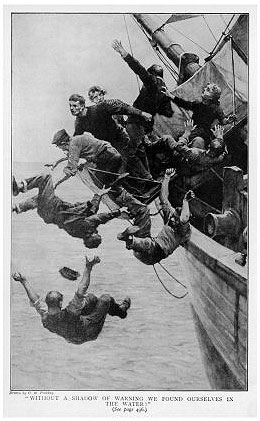
This hasn’t stopped people from creating art based on what they think could have happened. The sketch above shows one of these theories, it is based on a theory that all of the people on board the ship were on a part of the deck that then collapsed (this website talks about this particular event). There is no real evidence to support this theory but it was popular at the time, the image captures the suddenness and fear with which the crew must have left the ship. Ether through an accident like what the image above depicts but alternatively if they voluntarily left the ship through their own devices but without physically being forced.
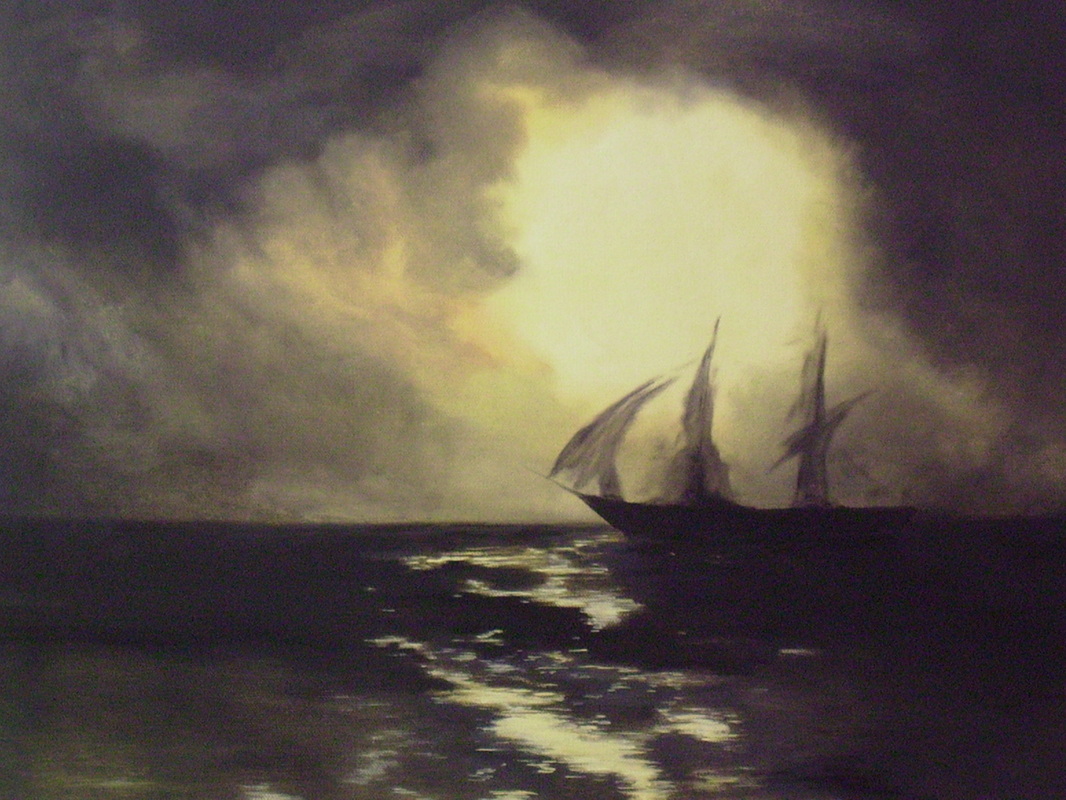
This idea of it being a ghost ship is a romantic notion that has gained a lot of association with the ship. The modern painting above really associate this with the ship. The ship is seen just as a silhouette on the water, non-solid it seems to shift in front of your eyes making this seem like a real, ghostly apparition.
Ultimately all of these different pieces of artwork (not just about the Mary Celeste) are driven by a fear of death. Humans are built and coded to survive. The header image shows this very well, the chaos of this attack shows the human resolve to survive that drives us all every day. The man lifting his axe to this creature really shows the heroism of these people and ultimately that the people who work on the sea are often the ones who will have to work the hardest just to stay alive when things go wrong. Out at sea there is no help other than yourself or if you’re lucky enough your fleet, this has even transferred over to the modern day. In the middle of a long ocean voyage for members of the merchant navy on cargo container ships there are often only very basic medical facilities. this can mean that in a major medical emergency like heart attack or ruptured spleen there is often nothing that can be done. The isolation of the sea like this is not something that I could easily represent but I could try. Without being in one of these environments I could not truly represent this kind of mystery of isolation but I could look at doing something surrounding unexplained sea creatures and other mythological creatures and experiences.
In the end it may be scary to imagine what still lies out there in the oceans, undiscovered and undisturbed. But even the creatures that we know about can be pretty terrifying too.




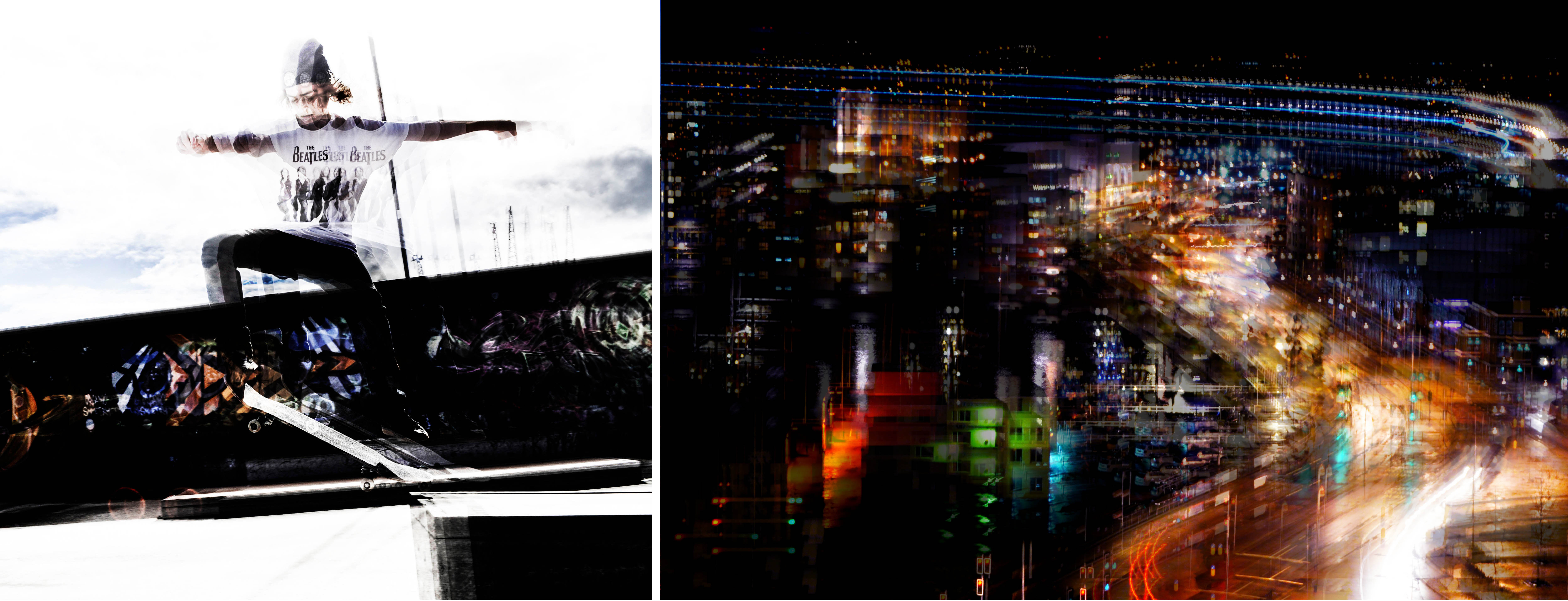
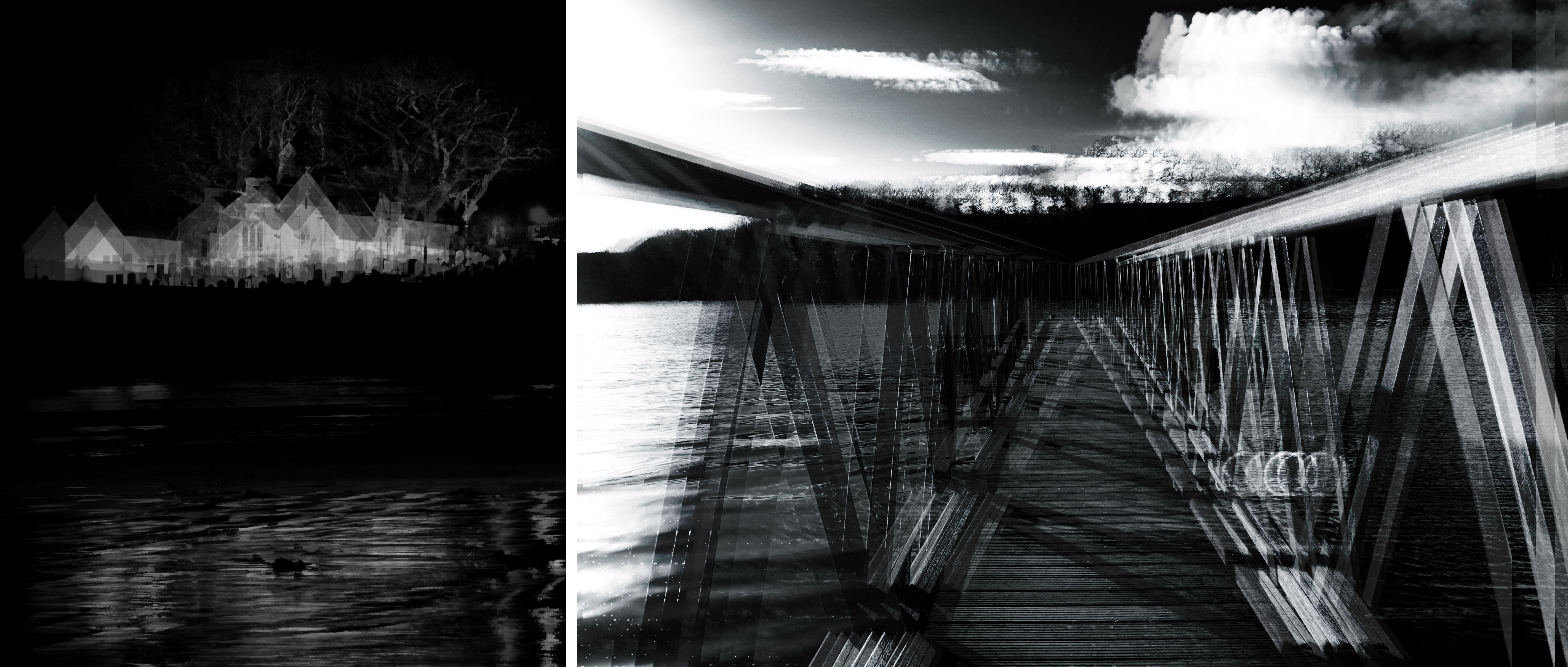


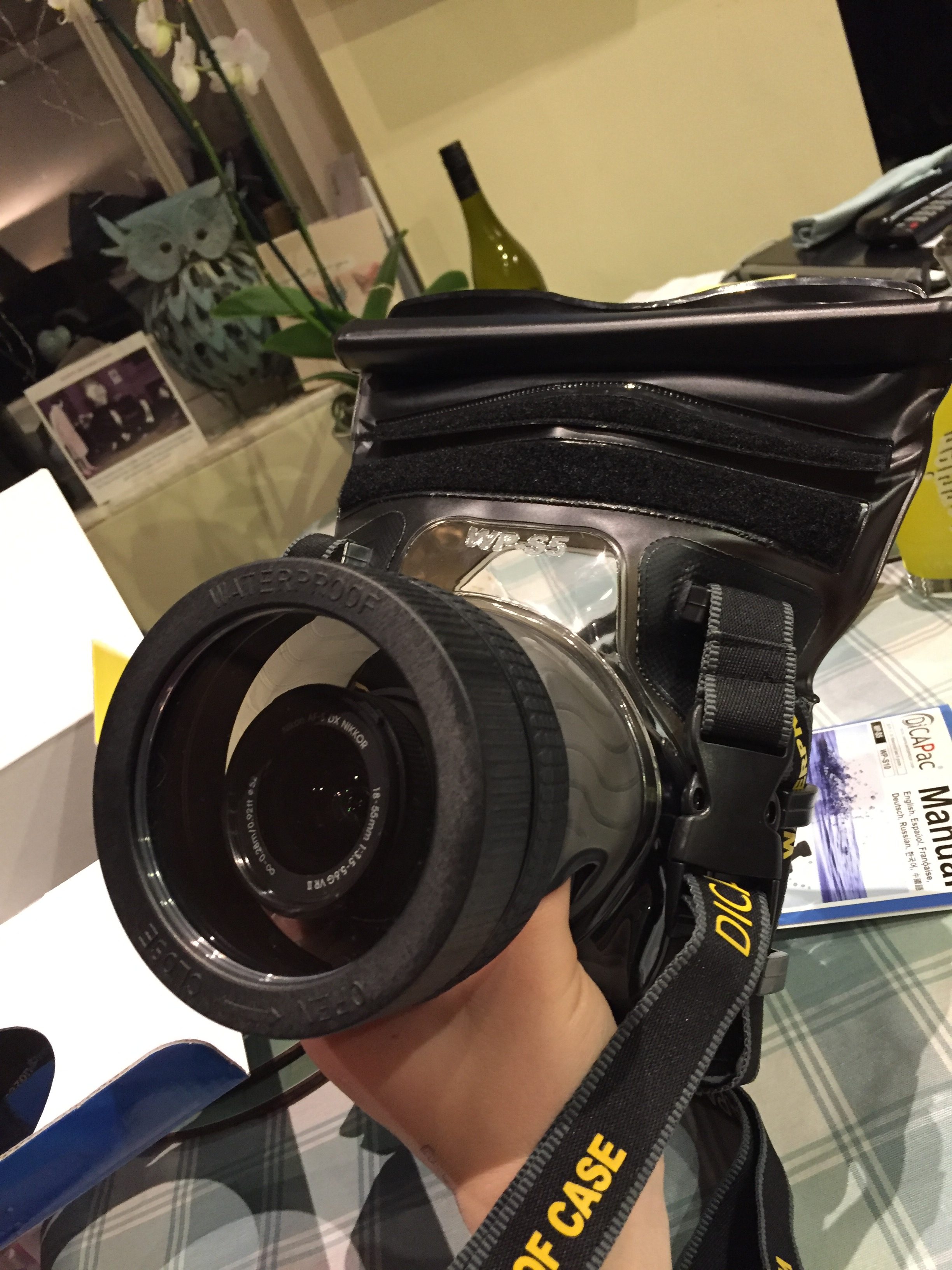










 I then moved onto a second image featuring a huge amount of warm tones. I wanted to include the phrase ‘The juxtaposition of nature and man made’. I picked a cream colour that was present in the image and found it worked better then white.
I then moved onto a second image featuring a huge amount of warm tones. I wanted to include the phrase ‘The juxtaposition of nature and man made’. I picked a cream colour that was present in the image and found it worked better then white.



